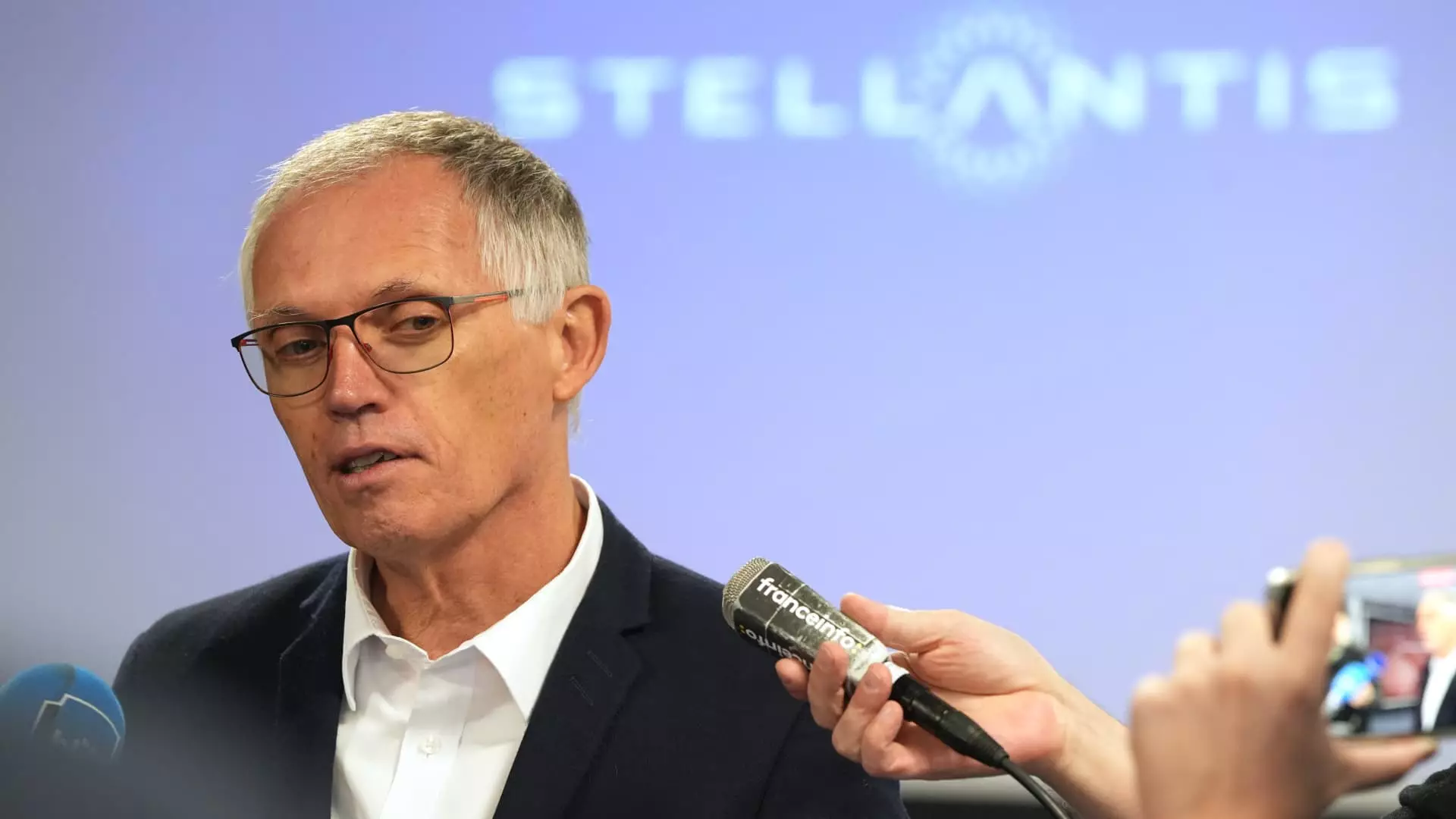The ongoing friction between Stellantis, the multinational automotive corporation, and the United Auto Workers (UAW) union has entered a new phase with the filing of a lawsuit by the automaker against the union. This development comes after a series of escalating tensions marked by contract disputes, strikes, and contentious negotiations at Stellantis’ facilities.
At the heart of the legal battle is an alleged failure by Stellantis to uphold commitments made in a contract established in the previous year. The UAW contends that Stellantis has fallen short on several fronts, including production schedules, investment commitments, and workforce management. These claims are compounded by Stellantis’ recent actions, including production cuts and employee layoffs, which, according to UAW members, directly violate the terms of their agreement.
The union’s frustration culminated in a vote held by a supermajority of UAW members at Stellantis’ Los Angeles Parts Distribution Center, where they expressed an intention to request strike authorization. This attempt to mobilize action reflects the union’s deepening dissatisfaction and signals a willingness to challenge the company’s decisions more aggressively.
Stellantis’ decision to file a lawsuit against the UAW and a local chapter marks a significant shift in the dynamics of their relationship. According to senior vice president Tobin Williams, the lawsuit is aimed at holding both the international and local arms of the union accountable for the financial fallout linked to potential production disruptions. Williams has made it clear that Stellantis is seeking damages for revenue losses that would arise from what they deem an unlawful strike, an assertion that positions the company defensively amid growing employee discontent.
In legal terms, Stellantis’ lawsuit frames the situation as one of enforcement of contractual obligations, asserting that any strike or disruptive action would breach the existing contract. The lawsuit, filed in the Central District of California, seeks monetary compensation for these alleged breaches, amplifying the stakes for both sides as they navigate their legal and operational challenges.
UAW President Shawn Fain has issued a robust response to Stellantis’ legal maneuvering, characterizing the lawsuit as a desperate measure from an executive team that is losing control over the situation. Fain insists that the UAW’s legal rights to strike are firmly grounded, viewing the automaker’s threats as intimidation tactics aimed at quelling dissent among union members. Fain’s rallying cry underscores the union’s determination to stand firm against what they perceive to be Stellantis’ failures to meet its contractual obligations.
The UAW’s strategy appears to involve mobilizing grassroots support, as evidenced by recent rallies and community initiatives that aim to hold Stellantis accountable. Fain’s remarks at a rally in Detroit underscore the union’s position: the onus will fall on Stellantis if it chooses not to honor its commitments, thereby sparking an environment ripe for legitimate labor action.
As this dispute unfolds, the implications for both Stellantis and the UAW are profound. The automaker’s legal action could serve to escalate tensions further, leading to an atmosphere of uncertainty that affects production and labor relations industry-wide. Moreover, the continued pushback from the union raises questions about the effectiveness of existing contracts in protecting workers’ rights amid shifting economic landscapes.
This situation is emblematic of a broader trend within the auto industry, where rising costs and market pressures are prompting automakers to make difficult decisions regarding investments and workforce management. The outcome of this legal battle could set important precedents for labor relations not only at Stellantis but across the industry, influencing future negotiations and the rights of workers.
Ultimately, the confrontation between Stellantis and the UAW highlights a critical moment for labor relations in America, where the balance of power is increasingly tested. The ability of both parties to navigate this dispute constructively will be essential in determining not only their future relationship but also the stability and viability of operations within the automotive sector as a whole. As the legal proceedings unfold, all eyes will remain on the strategies pursued by both Stellantis and the UAW, each holding significant stakes in the outcome.

